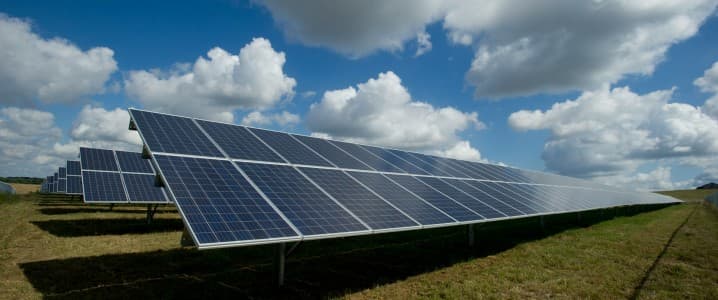Business
EU Solar Market Experiences First Decline in Ten Years

The European Union’s solar power sector is poised to record its first annual decline in capacity since 2015. According to a mid-year analysis released by the industry association SolarPower Europe, projections indicate the EU will install 64.2 gigawatts (GW) of solar capacity in 2024, marking a 1.4% decrease from the 65.1 GW achieved in 2023.
This decline comes despite rising solar output across Europe, with expectations for a significant increase in production during the summer months. Dries Acke, deputy CEO of SolarPower Europe, emphasized the importance of this shift, stating, “The number may seem small, but the symbolism is big. Market decline, right when solar is meant to be accelerating, deserves EU leaders’ attention.” He urged policymakers to create supportive frameworks for electrification, flexibility, and energy storage to ensure continued solar success throughout the decade.
Factors Contributing to the Decline
The anticipated reduction in solar capacity growth follows remarkable expansions in previous years. In 2022 and 2023, installations surged by 47% and 51%, respectively. However, growth slowed to a 3.3% increase in 2024, primarily due to challenges in the rooftop solar segment, particularly for residential installations. Households in traditionally strong markets such as Italy, the Netherlands, Austria, Belgium, Czechia, and Hungary have begun postponing installations as the effects of the 2022 energy crisis diminish.
The withdrawal of incentive schemes without effective replacements has severely impacted the residential rooftop market, which has seen a decline of over 60% compared to the previous year. This trend raises concerns about the EU’s ambitious target of achieving 750 GW of solar photovoltaic (PV) capacity by 2030, which requires annual additions of nearly 70 GW.
Implications for Future Goals
Current forecasts suggest that Europe is likely to fall short of its solar energy targets, with projections estimating a total of 723 GW of installed solar PV by 2030 instead of the required 750 GW. The outlook indicates a significant challenge for the EU, which has positioned solar energy as a cornerstone of its energy strategy.
As the solar market grapples with these headwinds, industry leaders are calling for renewed commitment from policymakers. The future of solar energy in the EU hinges on the ability to adapt to changing market conditions, ensuring that incentives are aligned with the goals of energy independence and sustainability.
The developments in the EU solar market underscore the need for strategic planning and support mechanisms to sustain growth in the renewable energy sector.
-

 World5 months ago
World5 months agoSBI Announces QIP Floor Price at ₹811.05 Per Share
-

 Lifestyle5 months ago
Lifestyle5 months agoCept Unveils ₹3.1 Crore Urban Mobility Plan for Sustainable Growth
-

 Science4 months ago
Science4 months agoNew Blood Group Discovered in South Indian Woman at Rotary Centre
-

 World5 months ago
World5 months agoTorrential Rains Cause Flash Flooding in New York and New Jersey
-

 Top Stories5 months ago
Top Stories5 months agoKonkani Cultural Organisation to Host Pearl Jubilee in Abu Dhabi
-

 Sports4 months ago
Sports4 months agoBroad Advocates for Bowling Change Ahead of Final Test Against India
-

 Science5 months ago
Science5 months agoNothing Headphone 1 Review: A Bold Contender in Audio Design
-

 Top Stories5 months ago
Top Stories5 months agoAir India Crash Investigation Highlights Boeing Fuel Switch Concerns
-

 Business5 months ago
Business5 months agoIndian Stock Market Rebounds: Sensex and Nifty Rise After Four-Day Decline
-

 Sports4 months ago
Sports4 months agoCristian Totti Retires at 19: Pressure of Fame Takes Toll
-

 Politics5 months ago
Politics5 months agoAbandoned Doberman Finds New Home After Journey to Prague
-

 Top Stories5 months ago
Top Stories5 months agoPatna Bank Manager Abhishek Varun Found Dead in Well









